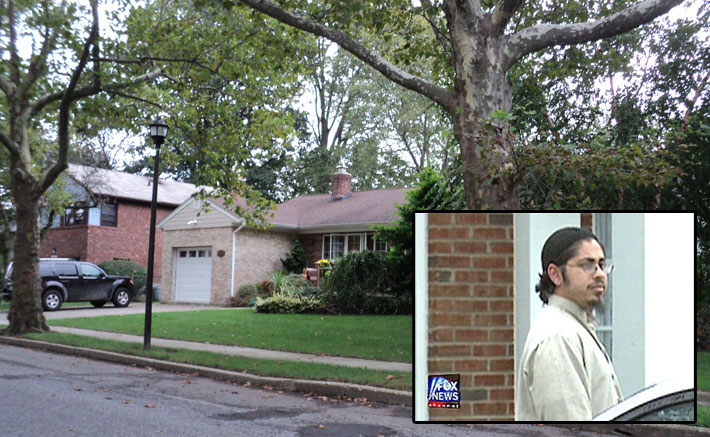
Michael Balboni
By Michael Balboni
In our world of constant innovation and changing technology, it is hard to imagine doing anything the same way, year after year, particularly if it affects the safety of millions of people and has dubious value. This is why it is so amazing that years after the “Shoe Bomber” Richard Reid tried to light his shoe on an airplane in flight, the Transportation Security Administration (TSA) demands that Americans take off their shoes before getting on an aircraft.
Has there been a series of attempts to detonate shoes that we are unaware of? (Board El Al in Israel and you don’t have to take them off). We should recognize that security threats evolve: so should our efforts to prevent them. Doing things the same way is not going to keep us ahead of the bad guys.
In addition, we are still at Orange alert, and although Secretary Napolitano has wisely ordered a review to assess the effectiveness of the color coded alert system, the question which must be asked is, “why?” Ask any passenger walking through the airport what they do differently as a result of being at “Orange” and some might answer, “Be more vigilant”. But then the question is, be more vigilant than what? Would someone suggest that if the alert level dropped to yellow or green that a person seeing a smoking package with wires sticking out of it would not report it to the authorities?
The irony of these inertia driven safety measures is that they not only numb the public’s awareness, but also erodes their confidence in government’s ability to protect them and their families. Anyone in security or law enforcement understands the essential value of having the public as partners and force multipliers in the effort to prevent a terrorist attack. The eyes and ears of the public can add crucial information to help police catch a criminal or terrorist before they strike. Yet, the use of broad non-specific warnings through programs such as the color coded alert system, is simply checking the box entitled “public awareness.”
Some of our current security strategies actually run counter to the very formulas and rational we have used to appropriate and spend billions of dollars in Homeland Security spending, which is supposed to be predicated on risk. The best example is that we screen all luggage and passengers boarding an airplane. Yet, we only sporadically check baggage or persons getting onto our Nation’s rail systems. Since 9/11, and the armoring of cockpit doors, there has never been a successful attempt to take over a plane or destroy it. Yet, terrorists have successfully attacked trains in Mumbai, Madrid, Moscow and London.
I am not suggesting for one second that we attempt to implement the same security for trains as we use for planes, or that we tear down our security programs and start over again. We have to continuously evaluate the way we protect the public and alter our security strategy in keeping with the changing threat matrix.
We should also have an open and honest dialogue with the American public over the risks associated with living in a free society in a time of terrorism, natural disasters and pandemics. In order to continue to win the confidence of the people we seek to protect, we need to address their expectations. We should tell the public that we cannot, as much as we try, eliminate all risk. The best we can do is to work feverously and constantly to spot threats and prepare for them and if they do happen, recover and mitigate the damage. This way, we can try to manage any unrealistic expectations which only lead to the perception of failure, when in many ways, the American public is as safer today as it has ever been. But “safer” does not mean “safe”.
We need to do a better job of maximizing our advantage and use our nation’s technology sector. We should scour the private sector for innovations which deploy cutting edge, common sense solutions that are cost effective and sustainable. We also need to measure the effectiveness of our security efforts. Lastly, we should also work to better prepare our elected leaders to speak about threats and what we are doing about them without compromising our intelligence networks. One of the things we should consider doing is to share some of the open source threat information developed by our security agencies, not only with law enforcement personnel, but also with the media, so that they can convey to the public the dizzying array of information that security officials have to sort through every day to try to make sense of the world.
But first, let’s stop making those announcements at the airports about the threat level. These announcements have now become the homeland security equivalent of elevator muzack. The public deserves better.
Michael Balboni is the former Homeland Security Advisor for the State of New York. He is now a principle at Navigators Global, a consulting firm specializing in Homeland Security and preparedness.





